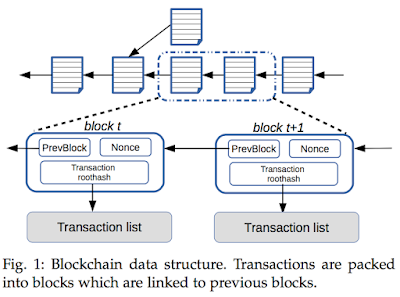Paper Summary. Proteus: agile ML elasticity through tiered reliability in dynamic resource markets

This paper proposes an elastic ML system, Proteus, that can add/remove transient workers on the fly for exploiting the transient availability of cheap but revocable resources in order to reduce costs and latency of computation. The paper appeared in Eurosys'17 and is authored by Aaron Harlap, Alexey Tumanov, Andrew Chung, Gregory R. Ganger, and Phillip B. Gibbons. Proteus has two components: AgileML and BidBrain. AgileML extends the parameter-server ML architecture to run on a dynamic mix of stable and transient machines, taking advantage of opportunistic availability of cheap but preemptible AWS Spot instances. BidBrain is the resource allocation component that decides when to acquire and drop transient resources by monitoring current market prices and bidding on new resources when their addition would increase work-per-dollar. Before delving into AgileML and BidBrain, let's first review the AWS Spot model. See Spot run AWS provides always available compute instances,...










